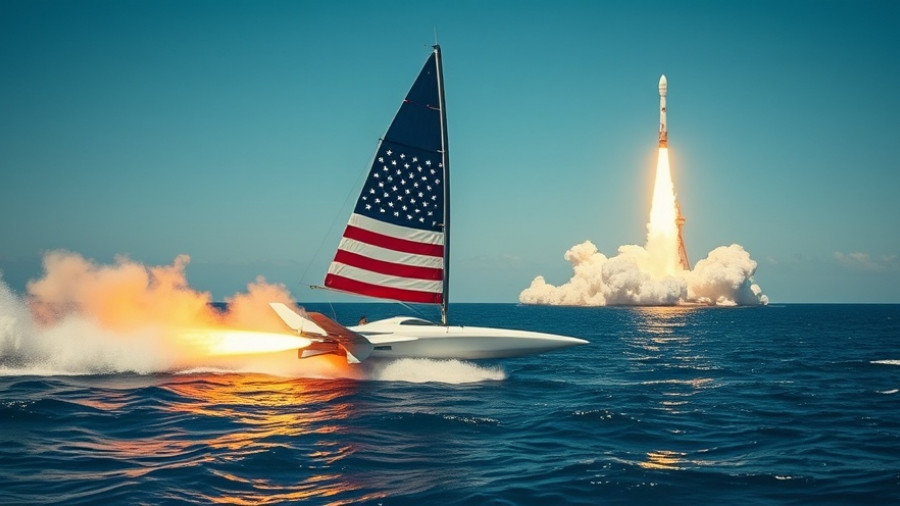
Transforming Coast Guard Operations: A New Chapter
In a dynamic shift aimed at enhancing operational effectiveness, the U.S. Coast Guard has announced the renaming of its geographic operational districts from a numerical system to a more descriptive geographical naming convention. This initiative aligns with the Coast Guard’s long-term strategic vision outlined in Force Design 2028 (FD2028). The change, directed by Secretary of Homeland Security Kristi Noem, is intended to better reflect the regions they serve, ensuring clarity for both the public and interagency collaborators.
Why This Change Matters
The Coast Guard, having upheld a numbered district system dating back to World War II, recognized that this outdated naming convention did not accurately represent the communities they serve today. Transitioning from numbers to names enhances recognition and relevance, enabling stakeholders, including maritime users and local communities, to connect more effectively with their Coast Guard district.
New Names for a New Era
The newly adopted geographical designations provide clarity and improve communication. For example, District 1 has become the USCG Northeast District, while District 14 is now the USCG Oceania District. This structural change not only aligns the Coast Guard with contemporary operational standards but also facilitates better collaboration with other government entities, therefore boosting overall efficiency in maritime safety and security operations.
Staying True to Their Mission
Despite the renaming, it is important to note that the operational capacities and geographical boundaries of the districts remain unchanged. As Acting Commandant Kevin E. Lunday stated, this evolution in naming is about being agile and responsive. The Coast Guard aims to maintain a steadfast commitment to the American public while adapting to new realities within maritime operations.
The Path Ahead: Impacts on the Community
This strategic renaming underscores a broader commitment to modernization and public service. It opens avenues for improved community engagement, allowing citizens to understand the jurisdiction of their local Coast Guard district and encouraging a sense of connection to federal services. As new names are officially adopted within the Code of Federal Regulations, the Coast Guard will ensure ongoing engagement with stakeholders to keep them informed throughout the transition.
A Step Forward
In essence, the Coast Guard’s initiative to rename its operational districts is a significant step forward in aligning its identity with its mission. This change reflects the evolving nature of maritime responsibilities and emphasizes the importance of effective communication between the Coast Guard and the communities it serves. Along with enhancing operational clarity, this initiative represents a transformative effort within the agency, aiming to cultivate a lasting impact on both the Service and the nation.
 Add Row
Add Row  Add
Add 




Write A Comment